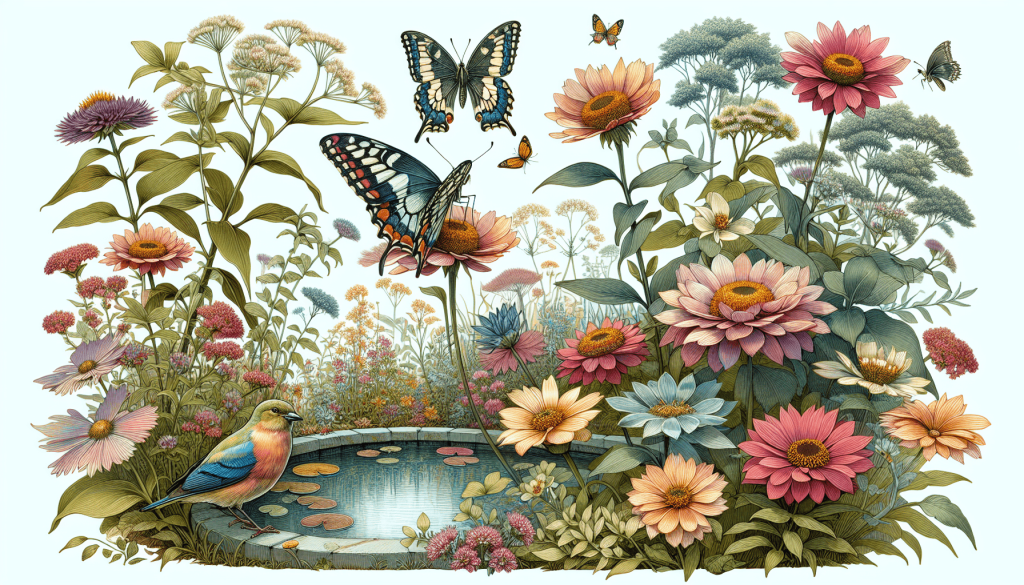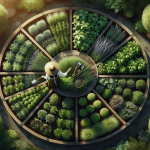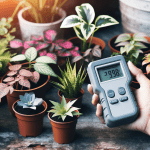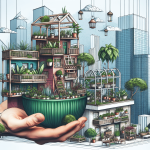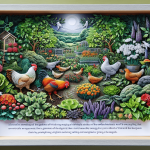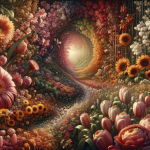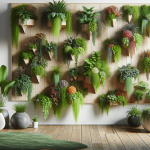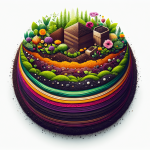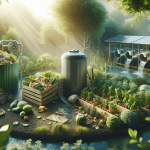This post may contain affiliate links. As an Amazon Associate, we may earn commissions from qualifying purchases.
How Do I Create A Garden That Supports Local Wildlife?
Have you ever gazed out into the backyard and wondered, “How do I create a garden that supports local wildlife?” A garden that isn’t just a feast for the eyes but also a haven for birds, bees, butterflies, and beyond? Lucky for you, creating such a sanctuary is easier than you might think and endlessly rewarding. Whether you’re a seasoned gardener or still figuring out which end of the shovel goes in the dirt, there’s plenty you can do.
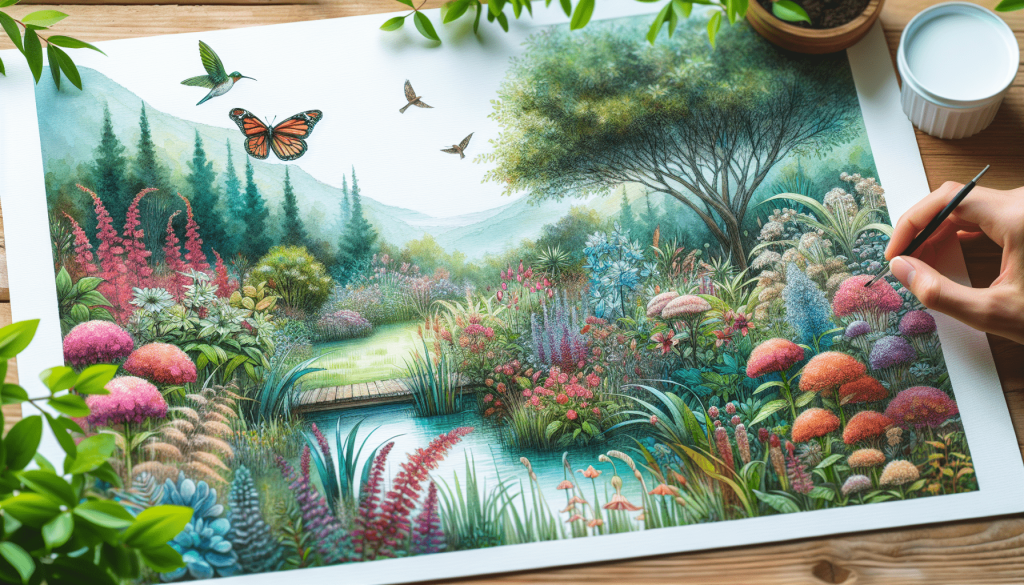
Understanding Local Wildlife Needs
Before planting a single seed or laying down mulch, it’s important to understand what the local wildlife in your area actually needs. Think of it like hosting a dinner party; you wouldn’t serve steak to a room full of vegetarians, right? Similarly, different animals have different requirements for food, water, shelter, and breeding grounds.
Food Sources
Let’s start with the buffet, shall we? Local wildlife will be infinitely more interested in your garden if it offers them a variety of natural food sources. Native plants are your best friends here because they already fit into the local ecosystem’s menu plan. Consider trees, shrubs, and flowers that produce fruits, seeds, and nectar.
Native Plants vs. Non-Native Plants
| Aspect | Native Plants | Non-Native Plants |
|---|---|---|
| Adaptation | Well-adapted to local climate and soil | May require more water, fertilizer, and care |
| Pest Resistance | Typically more resistant to local pests | May attract non-native pests and diseases |
| Attraction to Wildlife | Offers food and shelter to local species | Often not recognized as food by local wildlife |
Water Sources
Birds might not chirp “Thank you,” but they’ll appreciate a sip from a water source in your garden. A small pond, birdbath, or even a shallow dish of water can make all the difference. Just remember to keep the water clean and fresh.
Shelter and Breeding Grounds
Your garden should also serve as a cozy Bed & Breakfast. Various habitats like dense shrubs, tall grasses, and even piles of logs can offer safe places for animals to rest, hide, and raise their young.
Choosing the Right Plants
Okay, you’ve got the basics down. Now let’s get into the nitty-gritty. Choosing the right plants is crucial for making your garden a hotspot for local wildlife. Think of yourself as a matchmaker, setting up a blind date between your garden and native critters.
Trees and Shrubs
Trees and shrubs provide not just food, but also shelter and nesting sites. Go for a mix of evergreen and deciduous trees to offer year-round habitat.
Examples of Beneficial Trees and Shrubs
| Type of Plant | Benefits | Examples |
|---|---|---|
| Evergreen Trees | Provide year-round shelter | Pine, fir, cedar |
| Deciduous Trees | Offer food through fruits and seeds | Oak, maple, cherry |
| Shrubs | Good for nesting and cover, plus food sources | Dogwood, elderberry, hawthorn |
Flowers and Ground Cover
Flowers do more than add a burst of color; they’re critical for pollinators like bees and butterflies. Ground cover plants can also serve as hiding spots for small creatures.
Beneficial Flowers and Ground Cover
| Type | Benefits | Examples |
|---|---|---|
| Perennials | Long-lasting and provide seasonal habitats | Echinacea, black-eyed Susan, lavender |
| Annuals | Provide quick blooms and easy to replace | Marigold, zinnia, cosmos |
| Ground Covers | Offer protection for insects and small animals | Clover, creeping thyme, ajuga |
Creating Microhabitats
Microhabitats are like little neighborhoods within your garden, each designed to attract different kinds of wildlife. Creating various microhabitats can make your garden more dynamic and welcoming.
Woodland Corners
Think shady areas with dense trees and shrubs, mimicking a small forest. These areas can be a hit with birds and small mammals who like a bit of cover.
Meadow Patches
Leave a section of your garden to grow a bit wild with native grasses and wildflowers. It’s less about chaos and more about controlled clutter, an ideal setting for pollinators and small critters.
Water Features
A small water feature like a pond or a shallow dish can attract all manner of wildlife, from birds looking to bathe to frogs needing a place to breed.
Maintenance Without Harm
Now, just because you’ve set up a five-star wildlife resort doesn’t mean you can sit back and relax entirely. Your garden’s going to need some TLC to stay in tip-top shape without becoming an environmental hazard.
Organic Gardening
It’s tempting to reach for a quick-fix chemical solution when pests strike, but think twice. Organic gardening methods are not only better for you and your plants, but they’re also less harmful to the local wildlife.
Organic Alternatives to Chemicals
| Problem | Chemical Solution | Organic Alternative |
|---|---|---|
| Pests | Pesticides | Neem oil, insecticidal soap, natural predators |
| Weeds | Herbicides | Hand-pulling, mulching, vinegar solutions |
| Fertilizers | Synthetic fertilizers | Compost, worm castings, organic fertilizer |
Composting and Mulching
Speaking of compost, mulching and composting are essential practices to keep your garden soil healthy and fertile. This in turn supports a thriving ecosystem of microorganisms, insects, and larger animals.

Inviting Specific Wildlife
With your garden set up and running smoothly, you may want to focus on inviting specific kinds of wildlife to be your frequent guests. Here’s how you can roll out the red carpet for some favorite critters.
Attracting Birds
Birds are perhaps the easiest to attract and add immediate visual and auditory delight. Provide a variety of bird feeders and nesting boxes suited to different species.
Types of Bird Feeders
| Feeder Type | Ideal For | Placement Tips |
|---|---|---|
| Suet Feeder | Woodpeckers, nuthatches | Hang from branches |
| Tube Feeder | Finches, sparrows | Mount on poles |
| Platform Feeder | Mourning doves, cardinals | Place on ground or elevated stand |
Attracting Pollinators
Bees, butterflies, and other pollinators are essential for a healthy garden. Provide them with a diverse range of nectar-rich plants and small shelters.
Best Plants for Pollinators
| Plant Type | Pollinators Attracted | Other Benefits |
|---|---|---|
| Lavender | Bees, butterflies | Adds fragrance, repels pests |
| Milkweed | Monarch butterflies | Essential for monarch caterpillars |
| Sunflowers | Bees, birds | Produces seeds for birds |
Attracting Amphibians and Reptiles
These critters might not be as immediately likable as a cute little bunny, but they play a crucial role in keeping pest populations under control. Adding a few rock piles, logs, and water features will make them feel right at home.
The Bigger Picture
When you create a garden that supports local wildlife, you’re contributing to a larger ecological picture. Your small patch of greenery can form part of a larger network of wildlife-friendly spaces, helping to counteract the effects of habitat loss and degradation.
Community Involvement
Consider working with community groups or local environmental organizations to expand your impact. Host workshops, participate in community planting events, or simply share your knowledge with neighbors.
Sustainable Practices
Adopting sustainable practices in your garden not only benefits the local wildlife but also helps preserve natural resources. Think about water conservation methods like rain barrels, or implement a composting system to reduce waste.
Troubleshooting Common Issues
Even the best-laid plans can hit a few snags. Here are some common problems you might encounter and how to address them without turning your garden into a battleground.
Unwelcome Pests
Not every critter in your garden will be a welcome guest. But instead of reaching for the pesticides, consider natural deterrents or even attracting the predators of these pests.
Natural Pest Control Methods
| Pest | Natural Predator | Plant-Based Deterrent |
|---|---|---|
| Aphids | Ladybugs | Planting garlic, chives, or cilantro |
| Slugs | Toads, birds | Coffee grounds, diatomaceous earth |
| Caterpillars | Birds, parasitic wasps | Planting dill, fennel, or asters |
Plant Health
Keeping your plants healthy and vigorous will make them more resilient to diseases and pests. Regularly deadhead flowers, prune trees and shrubs, and water appropriately to maintain plant vitality.
The Joy of Observation
One of the greatest rewards of creating a wildlife-friendly garden is the joy of observing the creatures that come to visit. Make sure to set aside time to sit quietly and watch the natural world unfold in your own backyard.
Recording Your Observations
Consider keeping a journal or a digital log of the different species you spot in your garden. This can not only be a fun activity but also help you understand the effectiveness of your gardening efforts.
Sharing Your Success
Don’t keep your successes to yourself! Share your experiences, tips, and photos on social media or local forums to inspire others to create their own wildlife-friendly gardens.
Conclusion
Creating a garden that supports local wildlife is a deeply fulfilling endeavor that benefits not only you and the neighborhood critters but also the broader environment. Remember, it’s all about balance and harmony. Start with understanding the needs of local wildlife, choose your plants wisely, create microhabitats, maintain your garden sustainably, and enjoy the process of observing and supporting the natural world. Your little patch of land can make a big difference, one plant and one animal at a time.
So next time you ask, “How do I create a garden that supports local wildlife?”—know that you’ve got all the tools and tips to turn your garden into a sanctuary teeming with life. Get out there and let nature be your guide.

